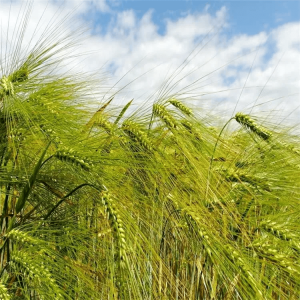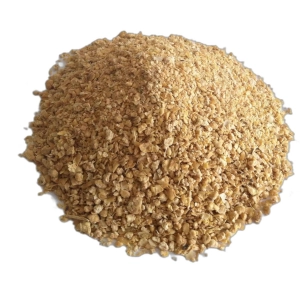Innovative Hydroponic Barley Fodder: Revolutionizing Efficient Livestock Farming
In an era where sustainable development and high-efficiency output are paramount in animal husbandry, hydroponic barley fodder has emerged as a game-changing solution for European and American farms, leveraging its core advantages of “short cycle, high density, and superior nutrition.”
▌7-9 Day Ultra-Fast Growth: Breaking Traditional Farming Barriers
- Rapid Cultivation: By placing 2cm-thick barley seeds in water-filled trays within controlled environments, farmers can harvest 15–20cm tall seedlings in 7–9 days—compared to 3–4 months for soil-grown crops.
- Year-Round Supply: The season-independent growth cycle ensures stable green fodder availability, even during droughts or land scarcity.
- Space Efficiency: Vertical growing racks maximize land use, with 100㎡ of setup producing 150–200kg of fresh fodder daily—ideal for both small farms and large-scale operations.
▌Enhanced Nutritional Activity: Driving Livestock Health & Productivity
Germination increases vitamins (B, C), enzymes, and amino acids by up to 300% compared to dry grains, improving digestibility and nutrient absorption. Trials show replacing 20%-30% of conventional concentrates with hydroponic fodder delivers:
- Growth: Cattle gain 15–20% more weight daily; sheep fattening cycles shorten by 10–15 days.
- Milk Production: Dairy cows yield 2–3 more liters of milk daily with 0.2–0.3% higher protein content.
- Health: 40% lower diarrhea rates a
nd 50% reduced antibiotic use due to enhanced gut microbiota.
▌90% Water Savings + Zero Emissions: Embracing Green Farming
- Water Efficiency: Closed-loop systems use 90% less water than traditional irrigation, with minimal waste through recycling.
- Eco-Friendly: No pesticides, herbicides, or soil required, reducing carbon footprint and pollution.
- Circular Economy: Straw and roots are fermented into organic fertilizer, creating a “cultivation-livestock-waste recycling” loop to support environmental certification.
▌Intelligent Manage
ment: Cutting Labor & Costs by 30%-40%
- Automation: Integrated systems (temperature/light control, nutrient dosing) enable 1 person to manage 100㎡ racks, producing 150–200kg of fresh fodder daily.
- Scalability: Modular design adapts to farm size (10㎡ to 1000㎡+), with dry matter costs 30–40% lower than imported alfalfa.
Conclusion
Hydroponic barley fodder represents a paradigm shift from resource-dependent to technology-driven livestock farming. By shortening growth cycles, boosting nutrient conversion, and reducing environmental impact, it delivers economic, social, and ecological value—leading the industry toward an efficient, sustainable future.
Key Terms: Hydroponic Barley Fodder, Vertical Farming, Livestock Nutrition Efficiency, Sustainable Agriculture, Water-Saving Cultivation





